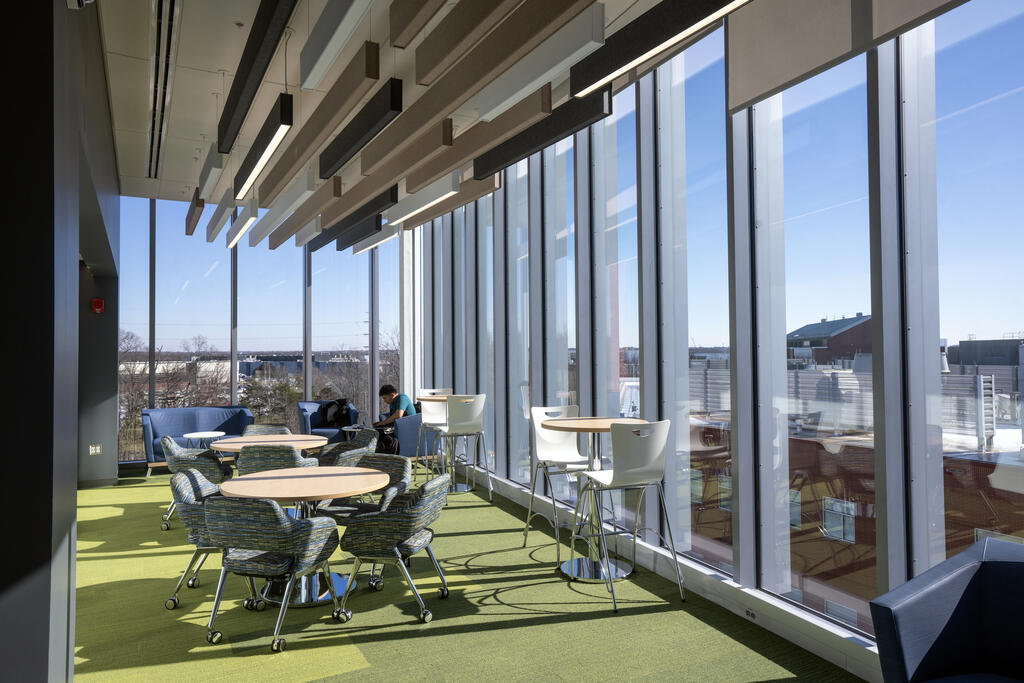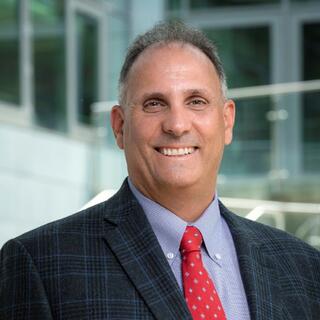Admission CTAs
Celebrating Mason Science’s Hispanic Heritage
The month between mid-September and mid-October is taken to celebrate National Hispanic Heritage Month. I thought I’d devote this blog post to share some thoughts on this traditional celebration across the country and how science intertwines with it.
Even though I was born in the US, I grew up in another country (Venezuela), and am a dual citizen. I did my undergraduate education in Caracas and came to the US for graduate school and have lived here ever since, for most of my adult life. This makes me an immigrant for practical purposes, even though I have never felt like one. Because of my background, for me the US has always been one of my two home countries, and as strange as that may seem (it does to most people I have shared this with), that is the way I have lived and that has shaped my perspective on what it can mean to be a Hispanic in the US, and thus how I celebrate this tradition.
I am also a scientist, and over my career of 30+ years now, I have seen the meaningful impact that colleagues from all walks of science have on solving problems of importance to society, from health and disease to the environment to space and earth exploration. My usual “pitch” for science when I talk to current and prospective students, to their parents and families, is that it is very difficult to think of a problem in today’s world that does not require science to solve it.
I will add here that scientists of Hispanic heritage are presently working on all these problems. I came across this great list of such individuals many of whom I knew about, and others I didn’t. I’m always surprised and wondered by advances in science being contributed by individuals of all walks of life, and it makes me particularly proud when those discoveries are made by people that share my Hispanic heritage.
Here at Mason, our College of Science has a great infusion of students, faculty and staff that share this heritage. Our student body is nearly 50 percent from underrepresented groups in STEM fields and more than 20 percent first-generation undergraduate students; many of these students are from Hispanic backgrounds, some immigrants themselves, some children of immigrants. I feel a connection to them, both because of their interest in science and because of where they come from in life.
Our faculty and staff also have significant representation of Hispanic heritage at about 30 percent. They are teaching classes, conducting research, serving our students, and engaging with our community in many ways. Together with our student body, this makes for a science community that thrives by leveraging that heritage.
And this shows in one important way that is very relevant not only to Hispanics but to everyone in our community. As you may have learned already, newly released national rankings of universities place Mason among America’s top 50 public universities, top 100 among all public and private institutions, and Virginia’s No. 1 university for social mobility. The social mobility aspect is something that is critical for students of underrepresented groups and reflects Mason’s deliberate focus on cultivating an environment where our Hispanic community can continue to make important contributions to science for the betterment of society. For me, one of the key reasons I came to Mason 3 years ago is this social mobility focus. I will write more about this in my next blog, so stay tuned!

